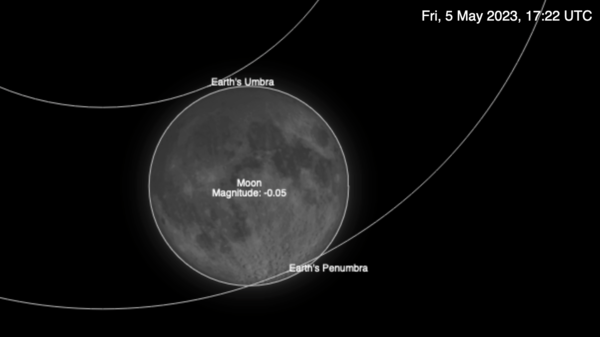Omega Centauri:
A Lovely, bright, globular cluster found in the Centaurus Constellation. In small binoculars it will look like a star that just won’t focus.
It will be visible for most of winter and it can be seen in light polluted areas. You will know it when you see it.


Venus:
Venus is up and very bright at the moment. It is the very bright star hanging around the western sky well after sunset. You won’t be able to discern the cloud bands even with a powerful telescope, but you will be able to see it in its current crescent phase.


Mars:
Mars is still around in the early evening sky, easy to spot thanks to its orange colour. Look to the north west, near Pollux and Castor (the heads of Gemini).


M44 – Beehive Cluster
A very pretty open cluster found in the constellation of Cancer. It is one of the nearest open clusters to earth. It was one of the first objects studied by Galileo with his telescope.


M41 – Little Beehive Cluster
Another lovely little cluster which is quite easy to find, even for beginners. All you need to know is how to find Canis Major. It has the very bright star, Sirius (Harry Potter fans will recognise the name). Canis Major is right next to Orion, sometimes known as “The Hunter and His Dog”. M41 is right in the belly of the beast.


5 May 2023 – Penumbral Eclipse.



